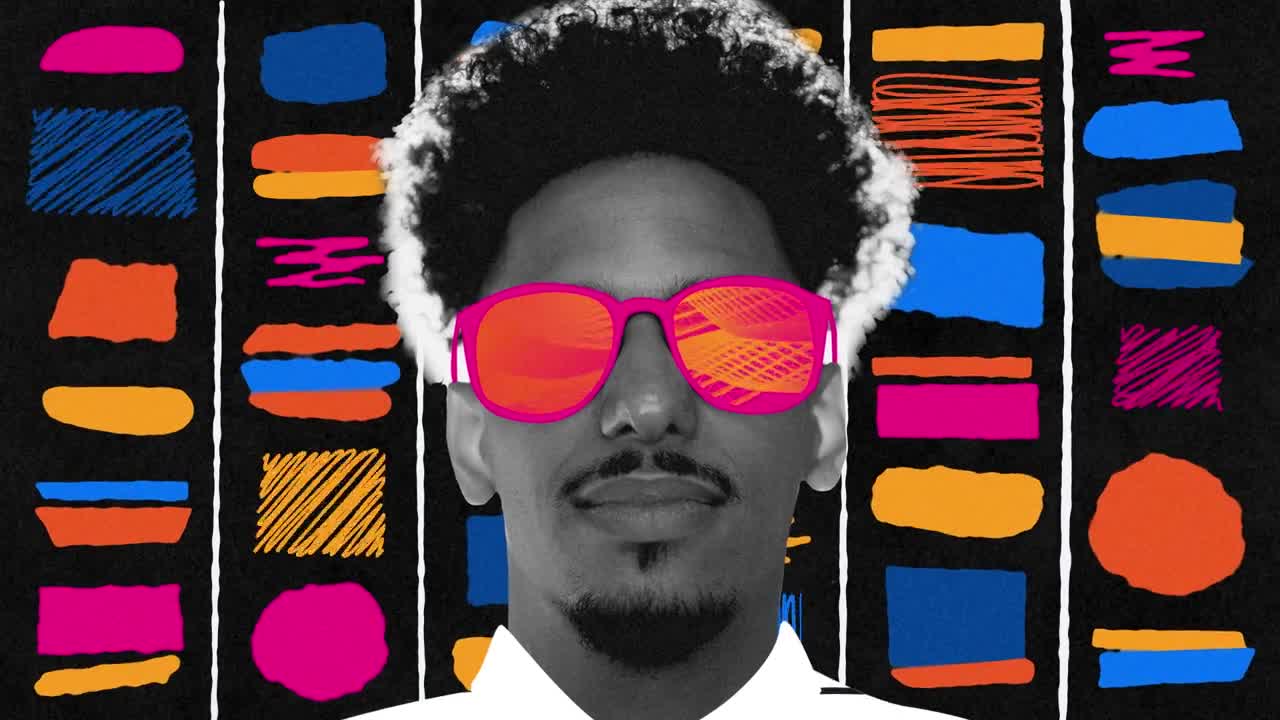The Show Must Go On: How Tech Leaders Are Achieving Resilience in Travel and Events

Behind the magic of any modern event is technology.
Under the fluorescent lights of an expo hall, a bride-to-be texts bridesmaids a photo of a potential wedding dress. A neuroscientist projects a presentation’s slides behind the podium to share the results of a study with their peers. In the crowded lobby of a concert venue, a group of friends order an Uber, their ears still ringing. A farmer posts on Instagram to showcase their strawberry harvest at the local market.
Events DC hosts conventions, entertainment, sporting and cultural events in the nation’s capital, and each of those events relies on technology to bring people together and keep things running smoothly. With 12 different venues ranging from a baseball stadium to a basketball arena and a 2.3-million-square-foot-foot convention center, there are more than enough challenges to keep the team busy. As the company’s Chief Information and Technology Officer, here are some of the challenges that my team must overcome to make the magic happen behind the scenes — and some lessons for how to do it.
1. Maintain uptime for a good time
While most organizations have a static group of regular users within a network, technology leaders in the events and travel industries deal with unique challenges for network connectivity and uptime. At times, we’re setting up a network and an infrastructure in areas that rarely have large numbers of people, except for very small amounts of time — whether it’s a huge arena or a pop-up event in an industrial part of town.
Dramatic usage spikes from zero to more than 30,000 users add to that complexity. Those users have the expectation that they’ll be able to make phone calls, surf the internet, post about the concert that they’re at on their Instagram and stream it, too. They want to have a flawless experience. We rely heavily on people enjoying themselves when they come into our facilities, and that the technology works.
Their user experience not only impacts my organization’s bottom line, but Washington D.C.’s economy. There’s a microcosm effect, and making sure that they have good user experiences can help bring people back.
2. Balance customer experience with security
Events DC acts essentially like an internet service provider (ISP) to its visitors. Our wifi is more or less an open network, so we are always asking how we can make sure that visitors aren’t misusing us as an ISP. How do we make sure that they’re not downloading copyrighted movies or using our bandwidth for things that are against the law?
Within a stable network, IT can quickly identify when a user’s device is doing something nefarious. For example, I have to figure out whether a visitor is downloading a copyrighted Marvel movie. If I don’t have the right tools or processes in place, by the time we’re able to figure out what's happening, they’re already gone.
Staying secure and compliant while keeping customers happy is a delicate balancing act. There may be a totally legitimate business reason for downloading a Marvel movie. Maybe it’s Marvel themselves hosting a booth and they’re doing what they need to do. We don’t want to damage a relationship with a very important customer.
3. Practice multicultural empathy
User experience is a priority for most technology leaders, but events and travel tech leaders also need to incorporate a high level of multicultural empathy for their diverse user base. In 2022, Washington D.C. attracted nearly 22 million visitors, with 1.2 million international visitors.
That’s quite difficult to manage because there’s so much difference in how technologies are done in other parts of the world. They’re bringing that technology to us and expecting things to work.
Devices from different countries or older technology, for example, can present compatibility issues. We need standby help to ensure that people can upgrade their devices, or make sure we’re telling visitors ahead of time about operating system requirements.
One of our main goals is that users easily understand how to navigate our facilities, regardless of language barrier. I want to make sure that you’re able to quickly understand how to get from the convention center to that dinner you’re going to — and whether I can use AI or another technology to help explain our metro system or give recommendations about where you should go to enjoy a meal.
Even figuring out those meal recommendations, we take into account the nuances of different cultures. If we know that a certain culture is one where folks often don’t eat meat, we might give them other options for restaurant recommendations. We have to account for these cultural aspects from a technology standpoint — that’s part of providing a flawless user experience, too.
Related Articles
About Splunk
The world’s leading organizations rely on Splunk, a Cisco company, to continuously strengthen digital resilience with our unified security and observability platform, powered by industry-leading AI.
Our customers trust Splunk’s award-winning security and observability solutions to secure and improve the reliability of their complex digital environments, at any scale.


